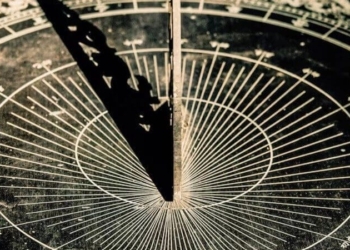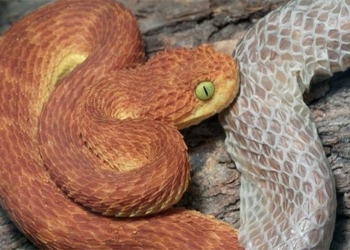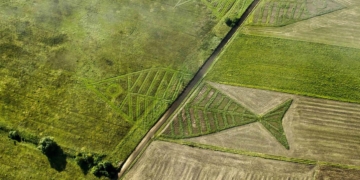As India struggles with the second wave of Covid-19, some desperate devotees, having nowhere else to turn, have begun to pray at temples dedicated to the “Goddess Corona”.
Two statues of “Corona Devi”—one made of sandalwood and the other from stone—have been erected at the Kamatchipuri Adhinam temple in the southern city of Coimbatore. Here, priests pray daily to alleviate the suffering that the people of India are enduring.
In this South Asian country, similar shrines dedicated to Covid-19 and other plagues can be easily found.
“The Goddess Corona is our only hope”
Since the pandemic began, India has reported over 27 million cases and more than 322,000 deaths due to Covid-19. The latest outbreak, which started in March, has caused a crisis in the country’s healthcare system due to a shortage of hospital beds and oxygen.
In states like Bihar, Uttar Pradesh, and Assam, women gather near temples or under sacred trees to worship the coronavirus, personified as a goddess known as “Corona Maa”.
They sit in a circle and perform rituals, offering milk, coconuts, flowers, and sweets to the deity. Some chant prayers to appease the goddess’s wrath.
Bimla Kumari, a resident of Patna, the capital of Bihar, stated: “We worship ‘Corona Maa’ so that our family members remain safe from the virus. The goddess’s anger will be soothed with offerings, as she is an angry deity, not a benevolent one. Hospitals are overwhelmed, and the government is indifferent. Thus, the goddess is our only hope.”
After worshipping “Corona Maa” under a banyan tree with her friends, Kumari remarked, “Fortunately, everyone gathered here today is healthy.”
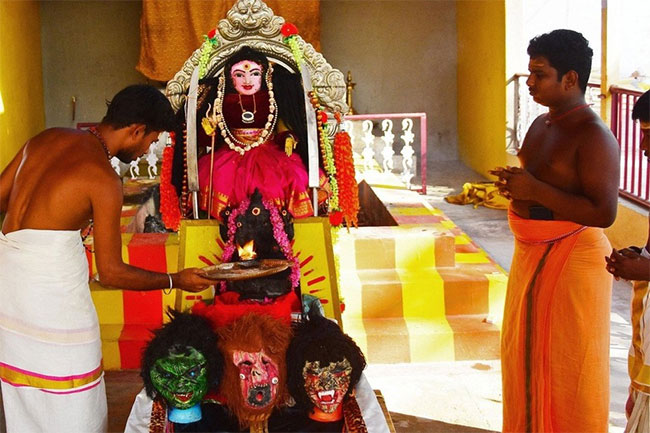
Priest performing a prayer ritual before the “Corona Devi” statue at the Kamatchipuri Adhinam temple in Coimbatore, seeking blessings to help people overcome the Covid-19 pandemic. (Photo: AFP).
In India, there is a long-standing tradition of turning to faith to alleviate suffering during times of disaster.
Devotees of Sheetla Mata, the goddess of smallpox, believe she will protect them from the disease by vanquishing the demons thought to cause it.
The goddess Sheetla Mata is considered an incarnation of the Hindu goddess Durga. A 300-year-old temple in Gurgaon, near New Delhi, is dedicated to worshipping Sheetla Mata.
Additionally, there are other shrines specifically for healing. These places worship male deities, such as the Vaitheeswaran temple in the town of Mayiladuthurai in Tamil Nadu, where devotees pray before an incarnation of Lord Shiva.
The Mahadeva temple in Kerala is a place where devotees seek healing for epilepsy and chronic asthma. In the neighboring Tumkur district of Karnataka, cancer patients frequently visit the Areyuru Vaidhyanatheshwara temple, believing it can cure them without the need for modern medical treatment.
The Pataleshwar temple in the city of Muradabad, Uttar Pradesh—currently closed due to the pandemic—was once a popular destination for those suffering from skin diseases.
Many pilgrims visit to seek blessings by bringing brooms as offerings or by sweeping the temple floors.
Shops selling brooms near the temple often see brisk sales on weekends. After the offerings, most brooms are returned to the sellers and resold to subsequent visitors.
In other parts of Uttar Pradesh, a hand pump at the Jagnewa Hanuman temple dispenses water that many believe has healing properties.
Devotees believe a saint touched the pump, infusing it with healing powers. They collect the water in glass bottles and sprinkle it on the bodies of the sick, hoping for recovery.
Anant Kumar, a local resident, shared: “My daughter’s chronic asthma—a condition that modern medicine couldn’t cure for years—disappeared within a month after she drank water from this hand pump.”
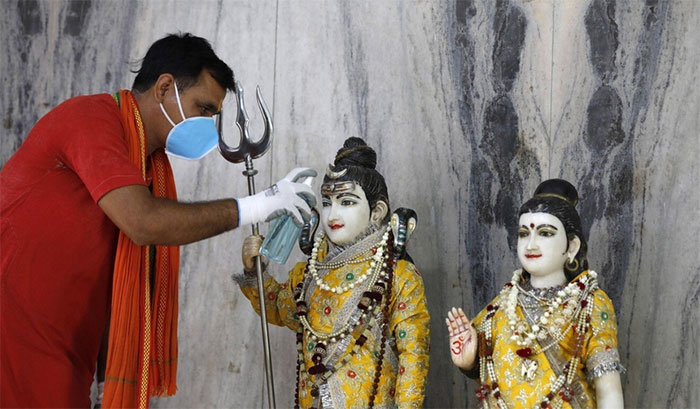
Priest worshipping the statues of Shiva and Parvati at a temple in Prayagraj, India. (Photo: AP).
Cultural Tradition or Superstition?
Millions of Indians place their faith in such “healing” temples. Meanwhile, many remain skeptical, viewing this as superstition.
Harsh Bhagnani, an engineer in Mumbai, remarked: “Healing temples only act as placebos for the superstitious. Healing therapies should stem from science and modern medicine.”
Some critics of these shrines argue that the reason people flock to them is due to the lack of investment in India’s healthcare system.
According to the 2020 Human Development Report by the United Nations Development Programme, India ranks 155th out of 167 countries in terms of hospital beds available to meet the public’s needs. The specific ratio is 5 beds and 8.6 doctors per 10,000 people.
However, for R. P. Mitra, an anthropology professor at Delhi University, these religious rituals have deeply ingrained themselves in the consciousness of the Indian people.
“These temples serve as a support system, helping devotees during times of anxiety, fear, and suffering caused by deadly diseases. Temples can be seen as a supernatural complex,” Professor Mitra analyzed.
He noted that devout individuals may still wish to receive blessings from the divine while holding faith in modern medicine, as the two do not necessarily exclude each other.
“Whether it is traditional Chinese medicine or ancient therapies practiced across countries like Bangladesh, Pakistan, Nepal, or India, religious belief is always integrated into traditional medicine,” he added.








































